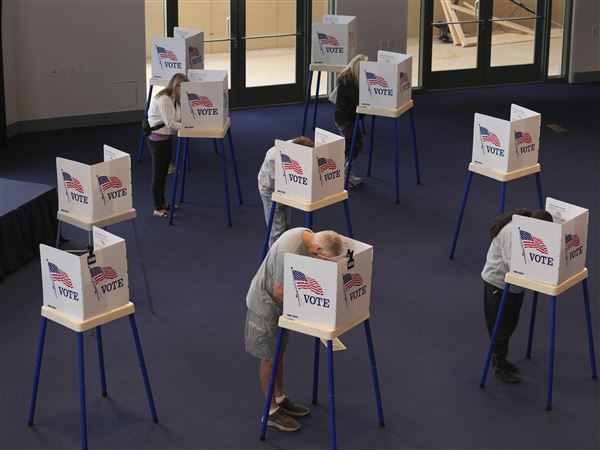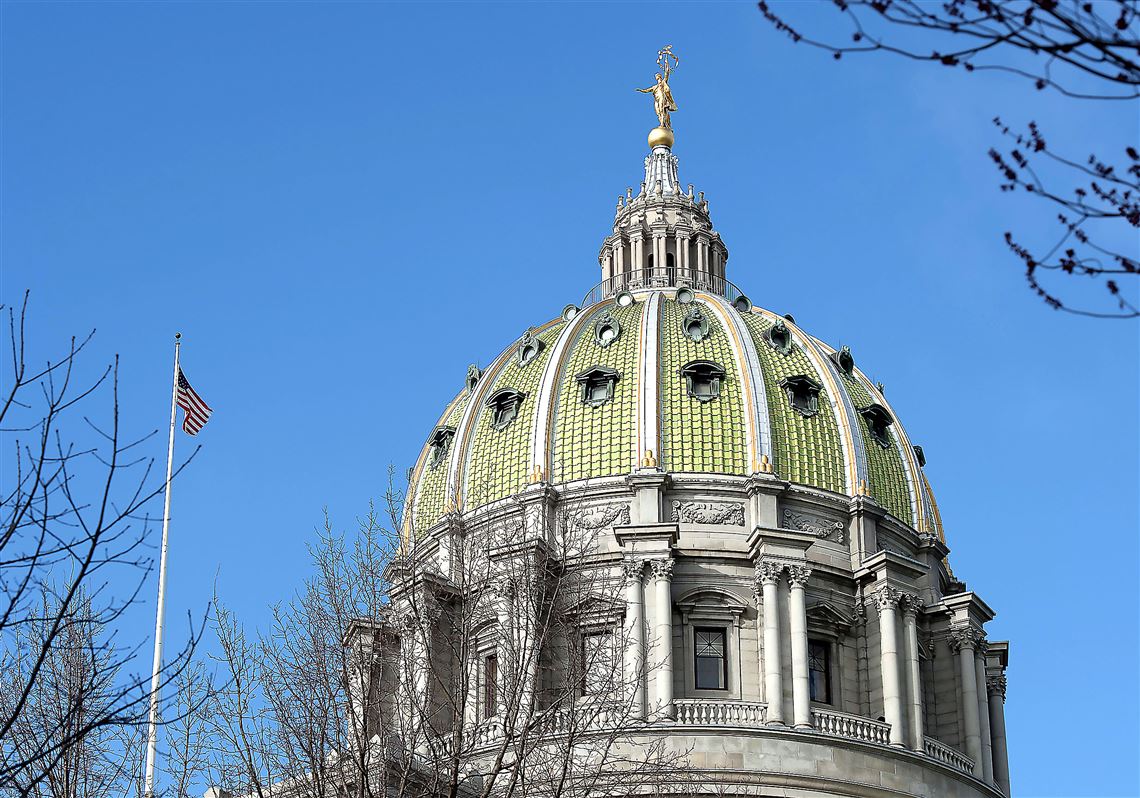If Pennsylvania’s educational improvement tax credit and related programs are as successful as supporters claim, they shouldn’t mind the state gathering real data to prove it.
But right now, the law authorizing these tax breaks, which go to corporations who donate to pre-K through high school scholarship funds, bars the state from collecting information on the students and families who benefit from them.
Because the tax credit involves public money, Gov. Tom Wolf should insist legislators remove that barrier in any proposed expansion of the program. As it stands, the public and government have no way to evaluate how the tax credit is working, or who benefits from it.
The state’s EITC (which confusingly shares an acronym with the federal earned income tax credit) allows corporations to pay into scholarship funds and receive credits against their state tax bill equal to 75% to 90% of their donations. It’s a backdoor school choice initiative that is funded only indirectly by the state, which forgoes a certain amount of tax income every year.
Last year, that figure was $240 million, including related programs targeted more directly to pre-K and poor families in failing public school districts. That’s a major expansion from the limit of $30 million when the program began in 2001.
Supporters argue these expansions are necessary because the programs are overwhelmingly popular among businesses and families alike: They are oversubscribed at both ends every year.
They say the tax credits are low-cost policies that have given hundreds of thousands of young people access to better schools while saving public school districts hundreds of millions of dollars. That claim is based largely on a 2014 analysis by a school-choice advocacy group that compared the average cost to the state of a scholarship to the average amount school districts spend per student.
The estimated savings to districts, however, is probably inflated.
The analyst, Martin F. Lueken, noted his study used estimates of how many students were actually coaxed out of public schools by the scholarships. He determined that between 26% and 45% had to be “switchers” for the program to be cost-neutral but assumed based on national private-public enrollment data that the actual figure was closer to 85%. That figure seems extravagant.
No one knows for sure, however, and that’s the problem.
The state doesn’t know how many EITC beneficiaries would have gone to private schools — or been homeschooled — whether the scholarships were available or not. And the state doesn’t know how their performance compares with the peers they left behind.
The state has an unusually high family income ceiling for participation — over $130,000 for a family of four — but nobody knows how many beneficiaries are closer to the poverty line or closer to that ceiling.
We continue to support the EITC — enough not to fear whatever data the state collects.
EITC supporters in the Legislature should show the same faith in their programs and vote for transparency.
First Published: February 8, 2022, 5:00 a.m.
















